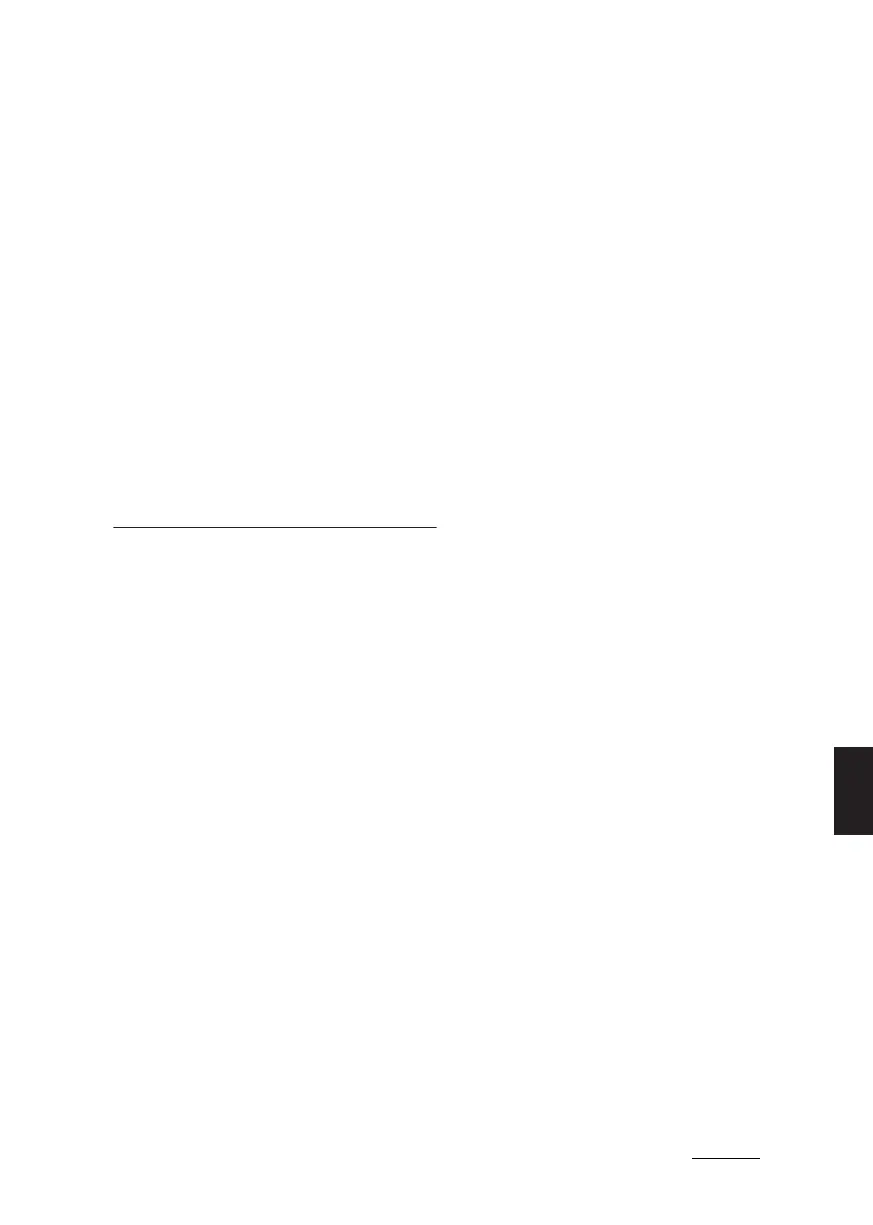17
8
8
Maintenance Explanation of scheduled maintenance items
owners to take the following steps to
prevent corrosion:
1. Wash the undercarriage of your vehi
-
cle regularly throughout the winter
and do a thorough washing in the
spring to remove road salt and other
de-icing chemicals.
2. Monitor the brake system for signs of
corrosion by having regular profes
-
sional inspections and watching for
signs of problems, including loss of
brake fluid, unusual leaks and soft or
spongy feel in the brake pedal.
3. Replace the entire brake pipe assem
-
bly if you find severe corrosion that
causes scaling or flaking of brake
components.
Brake fluid
Check the brake fluid level in the brake
fluid reservoir. The level should be
between "MIN" and "MAX" marks on the
side of the reservoir. Use only hydraulic
brake fluid conforming to DOT 4 specifi
-
cation.
Parking brake
Inspect the parking brake system includ
-
ing the parking brake lever (or pedal)
and cables.
Exhaust pipe and muffler
Visually inspect the exhaust pipes, muf
-
fler and hangers for cracks, deteriora
-
tion, or damage. Start the engine and
listen carefully for any exhaust gas leak
-
age. Tighten connections or replace
parts as necessary.
Brake discs, pads and calipers
Check the pads for excessive wear, discs
for run out and wear, and calipers for
fluid leakage.
Suspension mounting bolts
Check the suspension connections for
looseness or damage. Retighten to the
specified torque.
Steering gear box, linkage &
boots/lower arm ball joint
With the vehicle stopped and off, check
for excessive free-play in the steering
wheel.
Check the linkage for bends or damage.
Check the dust boots and ball joints for
deterioration, cracks, or damage.
Replace any damaged parts.
Drive shafts and boots
Check the drive shafts, boots and
clamps for cracks, deterioration, or dam
-
age. Replace any damaged parts and, if
necessary, repack the grease.
Air conditioning refrigerant
Check the air conditioning lines and con
-
nections for leakage and damage.
Checking fluid levels
When checking engine oil, engine cool
-
ant, brake fluid, and washer fluid, always
be sure to clean the area around any
filler plug, drain plug, or dipstick before
checking or draining any lubricant or
fluid. This is especially important in
dusty or sandy areas and when the vehi
-
cle is used on unpaved roads. Cleaning
the plug and dipstick areas will prevent
dirt and grit from entering the engine

